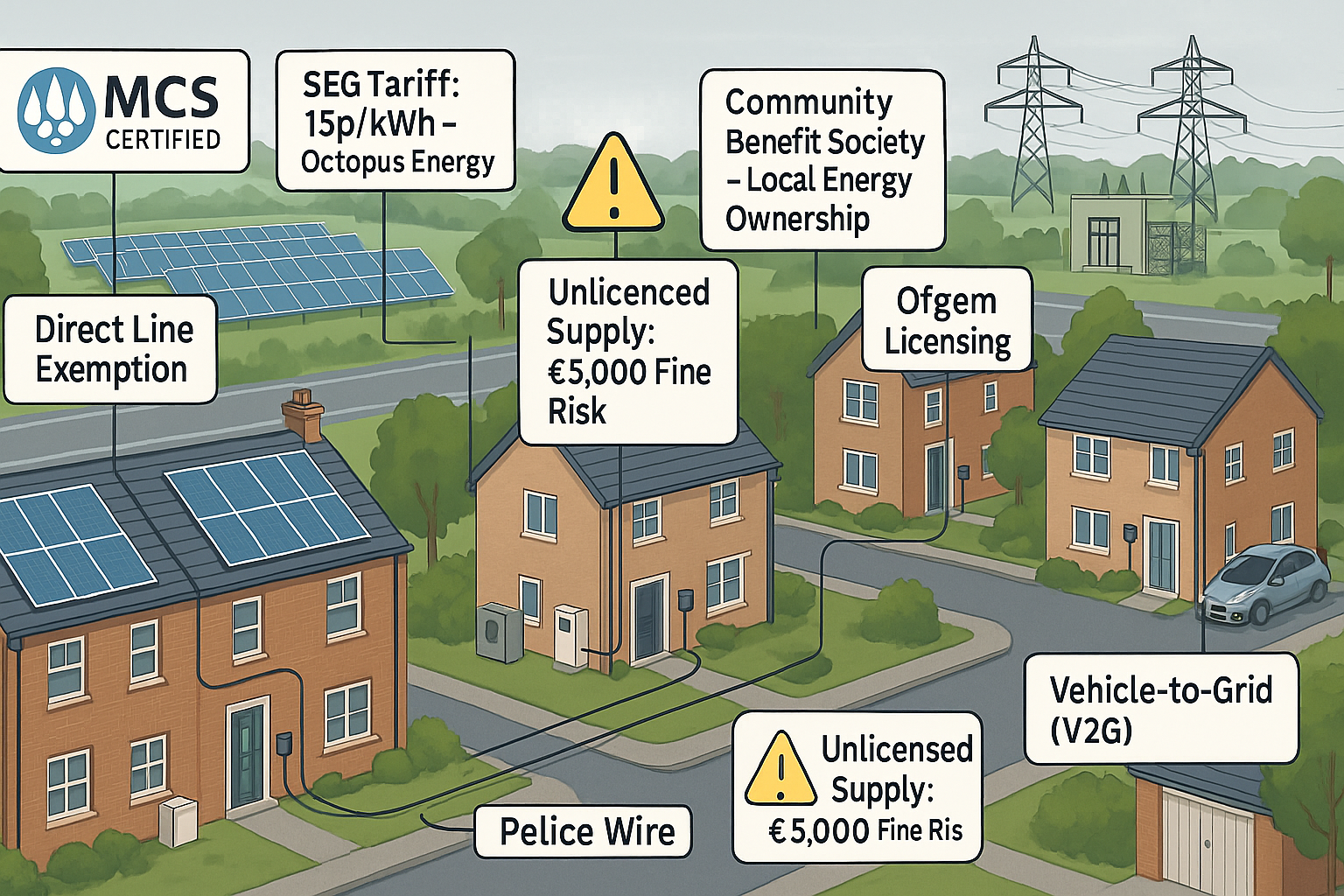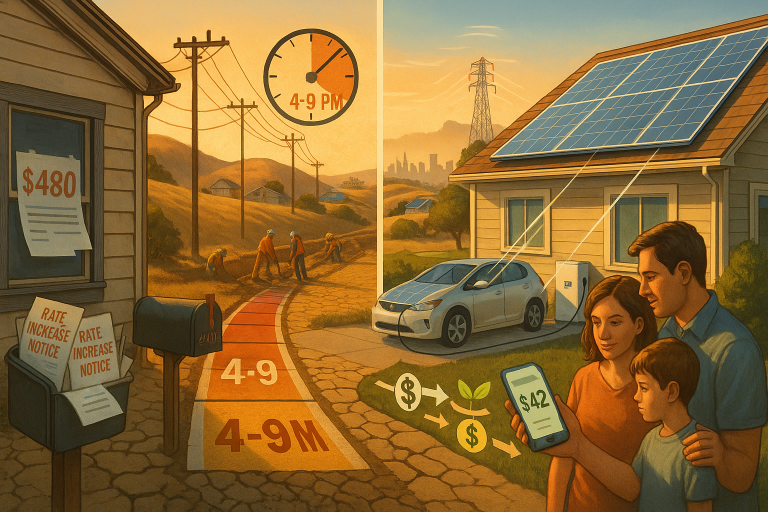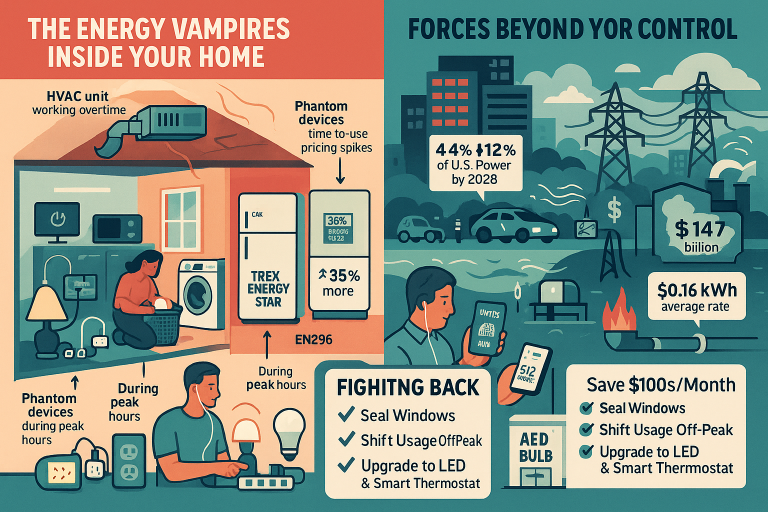Selling Solar Energy to Neighbours in the UK: A Comprehensive Guide
The rise of renewable energy has empowered homeowners with rooftop solar panels to become not just consumers, but producers of electricity. In the UK, there’s growing interest in allowing individuals to sell surplus solar energy directly to their neighbors — a practice known as peer-to-peer (P2P) solar trading.
While this concept holds great promise for community resilience, sustainability, and local economic benefits, it also comes with legal, financial, and technical challenges. This guide explores everything you need to know about selling solar energy to your neighbors in the UK, including the legal framework, financial incentives, business models, technical requirements, and future developments.
The Legal Landscape for Peer-to-Peer Solar Trading
Regulatory Framework and Licensing Requirements
At the heart of the UK’s energy regulation is the Electricity Act 1989, which governs the generation, supply, and distribution of electricity. Under this law, anyone wishing to supply electricity must obtain a licence from Ofgem, the UK’s independent energy regulator.
This requirement applies equally to large utility companies and individual homeowners — meaning that if you generate solar power and want to sell it directly to your neighbor, you’re technically treated like a utility company.
However, there are licensing exemptions that allow small-scale producers to engage in limited forms of energy trading:
- Direct Line Exemption: Allows you to supply electricity via a private wire network (a physical cable connecting two or more properties), provided it doesn’t use the national grid infrastructure. This requires a direct electrical connection between properties, which can be expensive and impractical unless the homes are very close together.
- Off-Grid Supply Exemption: Applies to communities not connected to the national grid, such as remote villages or island communities.
- De Minimis Exemption: Permits small-scale trading under 2.5 megawatts (MW) capacity, with restrictions on the number of customers and total volume supplied. This exemption is often used by small businesses or housing cooperatives.
Additionally, the Smart Export Guarantee (SEG) was introduced in 2020 to replace the Feed-in Tariff (FiT) scheme. Under SEG, small generators (like homeowners with solar panels) can earn money by exporting surplus electricity to licensed suppliers, not directly to neighbors. Suppliers with over 150,000 customers are required to offer at least one export tariff.
Planning and Property Considerations
For residential solar installations (typically under 50MW), planning permission is handled by local planning authorities, following guidelines set out in the National Planning Policy Framework (NPPF).
Key considerations include:
- Listed Buildings and Conservation Areas: Additional approvals may be needed if solar panels would alter the visual appearance of historic or protected buildings.
- Ground-Mounted Solar Farms: Larger community projects face stricter land-use rules. The government encourages developers to use brownfield sites (previously developed land) rather than high-quality agricultural land.
- Grid Connection Approval: All solar systems must undergo a technical review by the Distribution Network Operator (DNO) to ensure they don’t overload the local grid or cause instability.
Financial Incentives and Business Models
Government Support Schemes
Several financial incentives help offset the cost of installing solar panels and monetising surplus energy:
- Smart Export Guarantee (SEG): Homeowners earn between 5p and 15p per kWh for electricity exported to the grid. To qualify, you must:
- Use MCS-certified solar panels
- Have a smart meter capable of measuring half-hourly exports
- Be registered with an Ofgem-accredited supplier Earnings vary depending on system size, location, and time of day. On average, a standard 4kW system earns between £80–£170 annually.
- ECO4 Grants: These provide funding for low-income households to install solar panels and insulation, indirectly supporting community-level solar sharing.
- VAT Exemptions: Until 2027, solar installations benefit from 0% VAT, reducing upfront costs by up to 20%.
Innovative Trading Models
To overcome regulatory barriers, several creative models have emerged:
- Community Benefit Societies: These are legal structures that allow groups of people to own and manage solar assets collectively. For example, the Westmill Solar Cooperative in Oxfordshire allows 1,650 members to share ownership of a 5MW solar farm and receive benefits through reduced bills and community investment.
- Corporate Power Purchase Agreements (PPAs): Large solar farms (typically 10+ acres) can sign private contracts with nearby businesses to supply power via private wire networks, bypassing the grid entirely.
- Virtual P2P Platforms: Companies like LO3 Energy are developing blockchain-based platforms to enable peer-to-peer trading. However, these are still awaiting full regulatory approval in the UK.
Financial Analysis
Maximising returns from solar depends on how you use the energy:
- Battery Storage Integration: Storing excess solar energy during the day and using it during peak hours (e.g., 4–7pm) can increase earnings by 25–40%, especially when paired with variable-rate tariffs.
- Tariff Optimization: Choosing suppliers offering time-of-use export rates (such as Octopus Flux) can significantly boost income compared to fixed tariffs.
- Hedging Strategies: Combining export income with reduced import costs (i.e., using more of your own solar power instead of buying from the grid) typically leads to a 12–15 year payback period post-2025.
Community Energy and Large-Scale Projects
Best Practices for Community Engagement
Successful community solar projects depend heavily on early, transparent, and inclusive engagement. Solar Energy UK recommends:
- Pre-application Consultation: Hosting public meetings or exhibitions 6 months before submitting a planning application.
- Visual Impact Mitigation: Using native plants and natural features to screen solar farms and enhance biodiversity.
- Local Economic Integration: Prioritising local contractors and integrating dual-use strategies, such as combining solar farms with sheep grazing or wildlife habitats (as seen at the Wilburton Solar Farm).
Solar Farm Development
For larger-scale neighborhood supply, solar farms face specific regulatory hurdles:
- Planning Thresholds: Projects over 50MW require development consent as Nationally Significant Infrastructure Projects (NSIPs), involving lengthy and complex approval processes.
- Grid Connection Constraints: In areas with limited grid capacity (e.g., East Anglia), battery storage is essential to store surplus energy and avoid curtailment.
- Land Use Prioritisation: While current policy encourages using previously developed land, many developers still opt for agricultural land due to better sun exposure and lower acquisition costs.
Table: SEG Tariff Comparison for Maximising Returns
| Supplier | Tariff Name | Export Rate (p/kWh) | Special Features |
|---|---|---|---|
| Octopus Energy | Outgoing Fixed | 15.0 | Fixed rate; market-leading |
| British Gas | Export & Earn Flex | 12.0 | Variable market-based pricing |
| EDF | Export Variable | 5.6 | Low base rate |
| E.ON Next | Next Export | 8.5 | Mid-range option |
| Good Energy | Solar Savings | 10.0 | Specialist renewable supplier |
Technical and Operational Requirements
System Specifications and Compliance
To participate in the SEG or any formal solar trading arrangement, certain technical standards must be met:
- MCS Certification: Mandatory for SEG eligibility. Panels and installation must meet the standards of the Microgeneration Certification Scheme.
- DNO Notification: All solar systems must notify the Distribution Network Operator. Systems exceeding 16A per phase (≈3.68kW) require formal G99 approval.
- Metering: Half-hourly export data must be recorded using SMETS2 smart meters, which communicate with the National Grid and your supplier.
Grid Integration Challenges
Despite advancements in solar technology, several barriers remain:
- Balancing Mechanism: The national grid currently lacks localised pricing structures, making direct neighbour sales difficult.
- Connection Costs: Upgrading grid connections to allow for higher export levels can cost over £50,000 in constrained zones.
- Battery Storage Solutions: Systems like the Tesla Powerwall (£6,000–£10,000) allow users to store energy and export it during high-value periods.
Risks and Mitigation Strategies
Regulatory and Liability Concerns
Selling energy without proper licensing or compliance can lead to serious consequences:
- Third-Party Supply Risks: Selling electricity without a licence exposes individuals to Ofgem enforcement actions, including fines of up to £5,000 per incident.
- Equipment Damage Liability: Private wire networks carry the risk of causing damage to a neighbor’s appliances, potentially leading to lawsuits.
- Insurance Implications: Standard home insurance policies do not cover commercial energy trading. Specialised renewable energy insurance is available for £100–£200/year.
Financial and Operational Risks
Even with proper setup, risks remain:
- SEG Market Volatility: Export tariffs are not guaranteed and can fall below 1p/kWh during summer months when demand is low.
- Grid Export Limitations: Some DNOs impose zero-export limits during times of grid congestion, preventing homeowners from earning from surplus energy.
- Technology Obsolescence: As solar panel efficiency improves (~0.5% per year), older systems may become less competitive, shortening their effective lifespan.
Future Outlook and Policy Developments
Regulatory Evolution
The UK government and Ofgem are actively working to modernise the energy system:
- Local Energy Markets: Ofgem’s Access and Forward-Looking Charges Review (2024) aims to introduce localised pricing mechanisms, enabling true peer-to-peer trading by 2027.
- Solar Mandate Potential: Inspired by the EU Solar Standard (2024), the UK Solar Taskforce is considering mandatory solar installations on new buildings and car parks.
- Planning Reforms: The Energy Act 2023 simplifies the approval process for solar-plus-storage projects. The upcoming Land Use Framework may further encourage solar development on marginal land.
Emerging Opportunities
New technologies and policies are opening exciting possibilities:
- Vehicle-to-Grid (V2G) Integration: Combining solar with electric vehicle charging can boost returns by 25–30% through bidirectional energy trading.
- Solar Canopies: Government consultations on solar carports in 2025 could unlock opportunities for commercial neighbour trading via carpark installations.
- Shared Ownership Mandates: Industry groups like Solar Energy UK advocate for mandatory community investment options in projects over 5MW, ensuring local participation and benefit.
Practical Implementation Roadmap
For Individual Homeowners
Here’s a step-by-step plan to explore selling solar energy locally:
- Evaluate Property Suitability: Ensure your roof faces south and is unshaded between 10am–4pm for optimal performance.
- Engage MCS-Certified Installers: Get quotes from at least three installers who handle DNO documentation and ensure compliance.
- Select an SEG Supplier: Compare tariffs quarterly and switch providers to secure the best rate.
- Explore Community Models: Start conversations with neighbors about shared solar initiatives via platforms like Energy Saving Grants.
- Monitor Regulatory Changes: Keep track of updates from the UK Solar Taskforce, expected in late 2025.
For Communities
Larger-scale projects require more planning:
- Feasibility Funding: Apply for grants through the Urban Community Energy Fund to conduct technical and financial studies.
- Legal Structuring: Form a community benefit society with clear governance and profit-sharing rules.
- Grid Capacity Analysis: Conduct preliminary grid studies before acquiring land to avoid costly surprises later.
Conclusion: Towards a Localised Energy Future
Although direct peer-to-peer solar trading remains legally challenging in the UK, the landscape is evolving rapidly. With supportive policies like the Smart Export Guarantee, innovative business models, and emerging technologies, communities are beginning to reshape how energy is generated and shared.
Homeowners can already benefit from SEG participation and strategic battery use. Meanwhile, community-led projects offer the most viable path toward true neighbour-to-neighbour energy exchange today.
As the UK Solar Taskforce prepares its roadmap for 2025 and beyond, stakeholders are encouraged to participate in consultations and shape a more flexible, decentralised, and sustainable energy system.
By 2030, falling battery costs, smarter grids, and regulatory reforms are expected to make localised energy trading increasingly accessible — transforming the way communities generate, share, and value clean, renewable energy.






